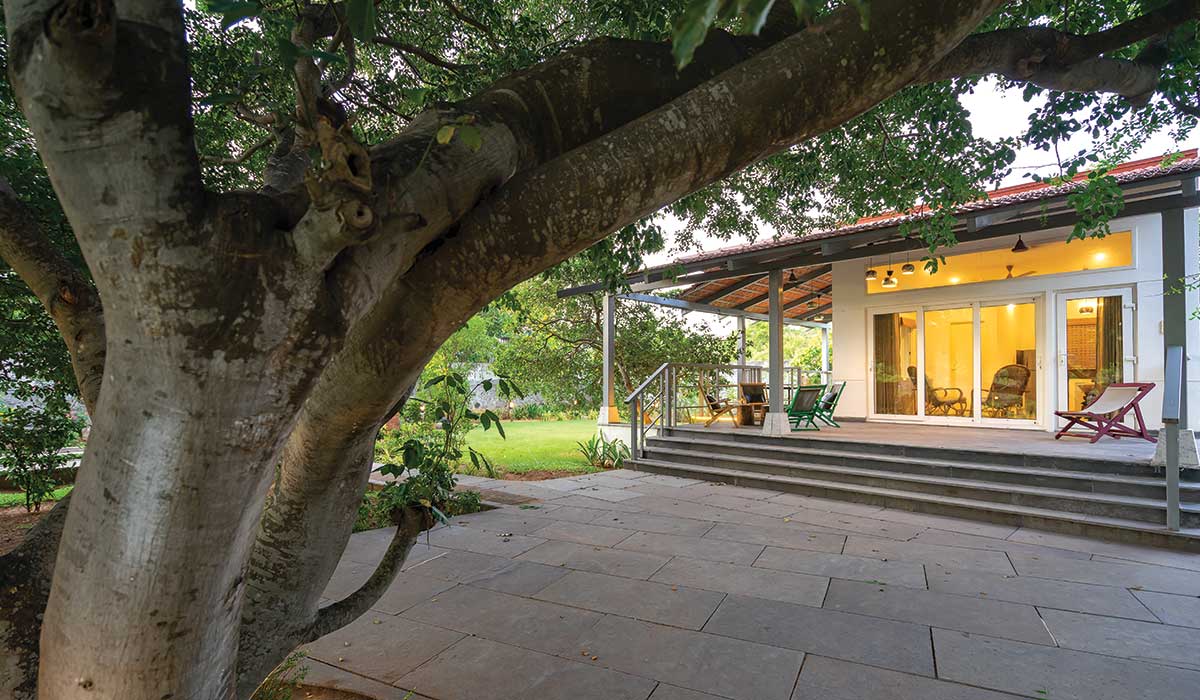
Sustainable architecture and construction is an important and emerging area of focus for architects, but there are many institutional barriers, not least among which are: the need for client education about sustainability, the dangers of greenwashing, the market gap for technological products and services tailored to small and medium self-built constructions (still a huge proportion of the overall construction market) in India, and the lack of data about what is truly sustainable in the Indian context.
There is an opportunity to harness technology to serve underserved markets (such as the self-built construction market), as well as to redefine and popularize traditional, social and environmentally sustainable construction practices and materials. For example, lime plaster or the traditional ‘chuna’ is becoming more mainstream as a larger number of urban Indians are starting to appreciate the benefits of natural construction materials. There is also an increasing number of products such as MLime or Limocoat that are driving the greater adoption of these traditional materials.

There is a huge potential for IoT and automation to drive decisions about sustainable construction practices. 3D printing has great yet untapped potential in building with speed and ensuring quality. There is still a lot of potential waiting to be tapped in terms of materials innovation and technology - Bangalore’s new bamboo terminal is a great first step in the direction of innovating with a material (bamboo) of which India is the world’s second-largest producer, and of which India has a long and rich tradition of construction, especially in the northeast. Prefabricated or precast concrete construction is a great example; several real estate developers are beginning to see the benefits of prefab technologies, particularly in the delivery of affordable housing.
With rapid advances in design and construction technology such as prefab construction, 3D printing, artificial intelligence, and even rendering software, the role of architecture professionals is changing from all-knowing experts to a facilitative role - one where architects are the nodal point of connection between the client and experts in their area or technological innovation. Architects must also be more exploratory and experimental as it is impossible to understand new technologies and their impact without recognising how to adapt them to projects in their local context or scale.















